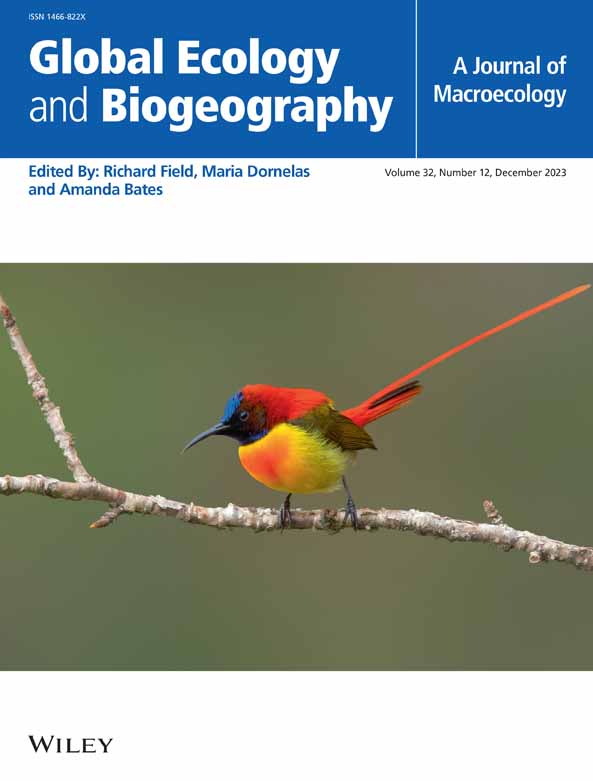Soil Plant Growth-Promoting Bacterial Diversity Changes With Land Use Intensity and Environmental Conditions
Abstract
Aim
Plant growth-promoting bacteria (PGPB) play crucial roles in supporting plant growth and, therefore, in undisturbed ecosystems and agricultural systems. We aimed to understand how these microbial communities change under different land use and environmental conditions. This is an important prerequisite to utilising the positive impact PGPB may have for sustainable food production.
Location
537 sites across Aotearoa New Zealand.
Time Period
2013–2018.
Major Taxa Studied
Plant growth-promoting bacteria (PGPB).
Methods
We surveyed the PGPB in indigenous and exotic plantation forests, sheep and beef grasslands, dairy pastures and horticulture sites.
Results
PGPB community alpha-diversity increased with land use intensity, and the greatest portion of explainable variation in alpha-diversity was accounted for by soil nutrients, metal concentrations, and unexplained spatial patterns. Variation in PGPB community composition, on the other hand, was highest in the forest and horticulture sites and lowest in the grazed pastures. The variation was best accounted for by shared variation among land use, soil nutrients and soil metal concentrations. The relative abundance of nitrogen-fixing PGPB taxa decreased with land use intensity, largely driven by a decrease in Rhizobiales. In contrast, taxa in the order Bacillales, known for phosphate and potassium solubilisation, increased in relative abundance. Key environmental variables limiting the distributions of specific PGPB taxa included soil pH, several nutrients and the concentrations of cadmium and zinc.
Main Conclusions
Overall, we showed that PGPB show distinct patterns in response to land use and soil environmental variables, and these results contribute towards an understanding of the interplay between how we use our soil, their physicochemical properties and the function of the microbial communities within them. This increased understanding of the distribution of PGPB is crucial for advancing our ability to optimise and take advantage of the benefits these bacteria bring to both natural and agricultural land.


 求助内容:
求助内容: 应助结果提醒方式:
应助结果提醒方式:


